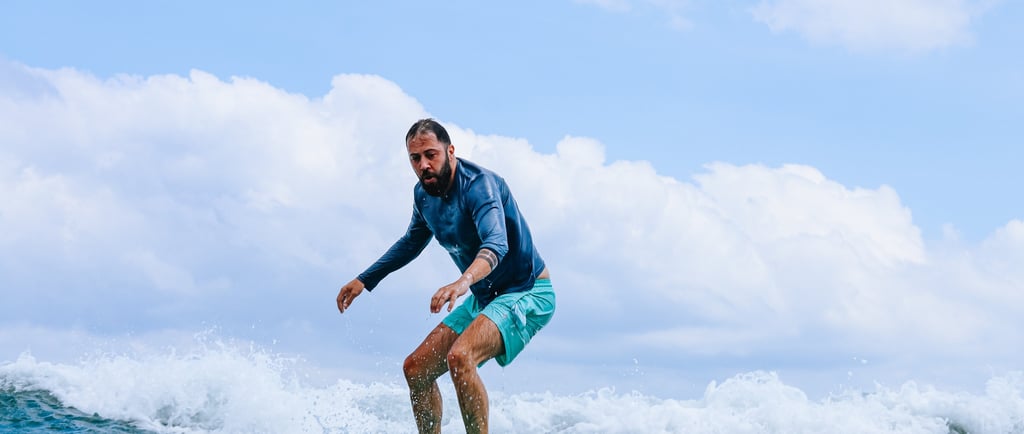What to expect as a beginner surfer?
Deskripsi postingan blog


Surfing is an exhilarating sport that allows individuals to connect with the power and beauty of the ocean. For beginners, however, it can also be a daunting and challenging experience. To ensure a successful start in the world of surfing, it is important to have a solid understanding of the necessary skills and safety precautions. In this essay, we will explore three key areas that are crucial for beginner surfers: choosing the right surfboard and equipment, learning proper surfing techniques, and adhering to safety guidelines. By following these tips, novice surfers can confidently embark on their surfing journey.
To begin with, selecting the appropriate surfboard is essential for beginners. There are various types of surfboards available, including longboards, shortboards, and funboards. Longboards, for instance, are known for their stability and are often recommended for beginners. On the other hand, shortboards are more maneuverable but require a higher skill level to control effectively. By understanding the different types of surfboards, beginners can make an informed decision based on their skill level and the wave conditions they will be surfing in. Furthermore, it is crucial to have the necessary equipment and safety gear. Apart from the surfboard, other essential equipment includes a leash, which attaches the surfer to the board, and wax, which provides traction. Additionally, beginners should invest in a suitable wetsuit to protect themselves from cold water and potential injuries. By having the right equipment, beginners can ensure a safe and enjoyable surfing experience.
Once beginners have the appropriate equipment, it is important to learn and master the proper surfing techniques. Paddling and popping up are fundamental skills that all surfers must develop. Paddling efficiently allows surfers to catch waves and maintain speed, while popping up involves quickly transitioning from a lying position to standing on the board. These skills require practice and proper body mechanics to execute effectively. In addition to paddling and popping up, mastering balance and body positioning on the board is crucial. Beginners should focus on keeping their weight centered and distributing it evenly to maintain stability and control. By practicing proper balance and body positioning, surfers can confidently ride waves and progress in their surfing abilities. Furthermore, learning maneuvering techniques such as turning and trimming is essential for surfers to navigate the waves effectively. Turning involves shifting weight and using body movements to change direction, while trimming involves maintaining the optimal position on the wave to maximize speed and control. By understanding and practicing these techniques, beginners can enhance their surfing skills and enjoy a more dynamic and exciting experience in the water.
Lastly, safety should always be a top priority for beginner surfers. Understanding ocean safety and awareness is crucial to avoid potential dangers. This includes being aware of wave patterns, tides, and currents, as well as knowing how to identify and navigate different types of waves. By understanding these factors, beginners can make informed decisions about when and where to surf, ensuring a safer experience. Furthermore, managing risks and potential hazards in the water is essential. For instance, rip currents can be strong and pull surfers away from the shore.
